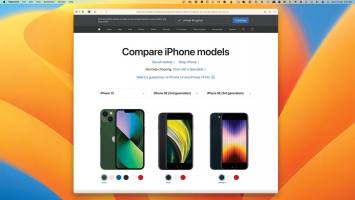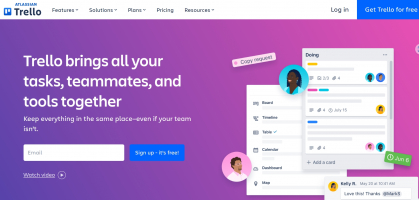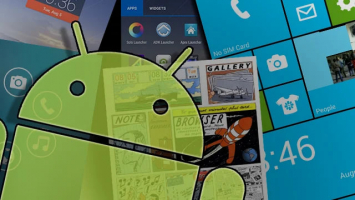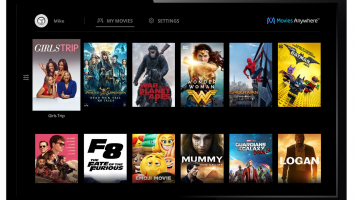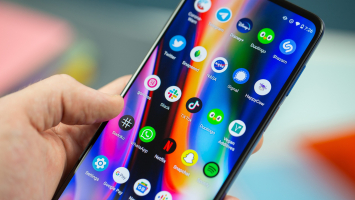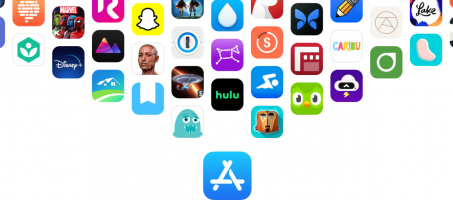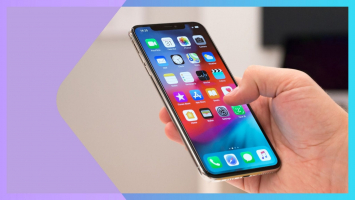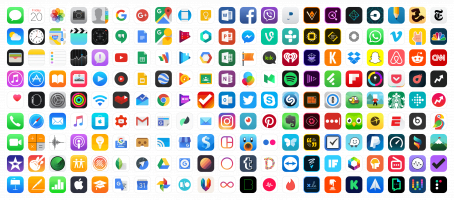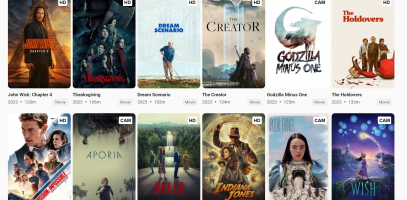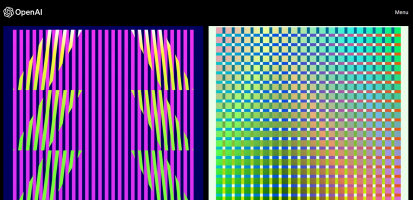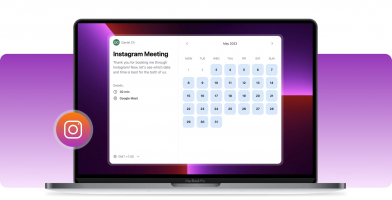Top 6 Best Free Multiplatform Apps
There are many great multiplatform apps available across different operating systems and devices. Mobile development frameworks are widely utilized by mobile ... read more...engineers to create native-looking applications for various platforms, including Android and iOS. Toplist has compiled a list of the Best Free Multiplatform Apps. Check it out!
-
Flutter is an open-source UI software development kit (SDK) created by Google. It has gained significant popularity among developers due to its ability to build beautiful and high-performance applications for multiple platforms using a single codebase.
Flutter uses a reactive framework that allows developers to create visually stunning and responsive user interfaces. It provides a wide range of customizable widgets and tools, making it easy to create engaging user experiences.
One of the key advantages of Flutter is its hot reload feature. This feature allows developers to see the changes they make to the code immediately reflected in the app's interface without having to restart the application. This significantly speeds up the development process and makes it easier to iterate and experiment with different designs and functionalities.
Flutter's rich set of pre-built widgets and its extensive documentation make it easier for developers to create complex and feature-rich applications with minimal effort.
Key features:
- Hot Reload
- Cross-platform Development
- Widget-based UI
- Rich UI and Animation
- Dart Programming Language
- Access to Native Features
Pros:
- Faster Development
- Cross-platform Consistency
- Performance
- Developer Productivity
- Community and Ecosystem
Cons:
- Large App Size
- Limited Native Functionality
- Learning Curve
- Limited Third-Party Integrations
Programming language: Dart
Mobile apps: eBay, Alibaba, Google Pay, ByteDance appsWebsite: https://flutter.dev/
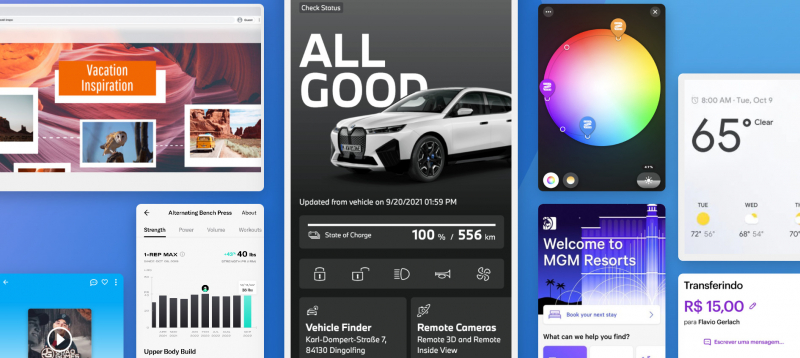
Photo via flutter.dev 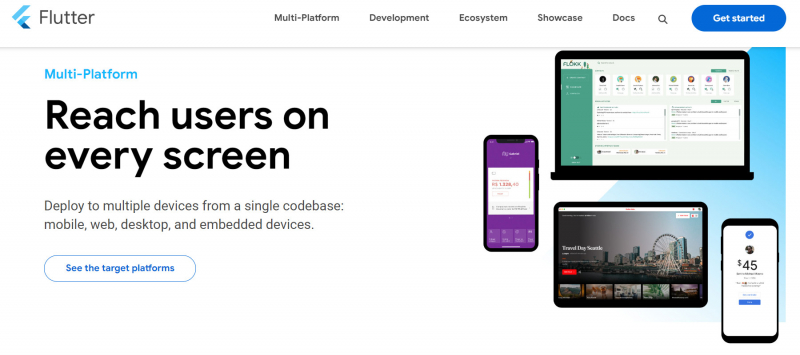
Photo via flutter.dev -
Developed by Meta Platforms, formerly Facebook, in 2015 (a bit earlier than Flutter), React Native is an open-source software framework for UI development. It allows developers to create native-like mobile apps for iOS and Android platforms using a single codebase. With React Native, developers can leverage their existing knowledge of JavaScript and React to build high-quality mobile apps with a native look and feel.
One of the key advantages of React Native is its ability to provide a truly cross-platform app development framework. By using a single codebase, developers can write once and deploy to multiple platforms, saving time and effort. This is made possible by React Native's underlying architecture, which translates the JavaScript code into native components, resulting in a highly performant and responsive user interface.
Another major benefit of React Native is its extensive ecosystem and community support. There is a vast collection of pre-built UI components and libraries available, allowing developers to accelerate their development process. Additionally, the React Native community is active and continually contributing to the framework, providing updates, improvements, and valuable resources.
Features:
- Cross-platform Development
- Native Components
- Hot Reload
- JavaScript Language
- Large Community and Ecosystem
Pros:
- Code Reusability
- Third-Party Libraries
- Rapid Development
- Strong Community Support
Cons:
- Platform Limitations
- Performance Limitations
- Learning Curve
- Native Dependencies
Programming language: JavaScript
Mobile apps: Skype, Bloomberg, Shopify, various small modules in Facebook and InstagramWebsite: https://reactnative.dev/
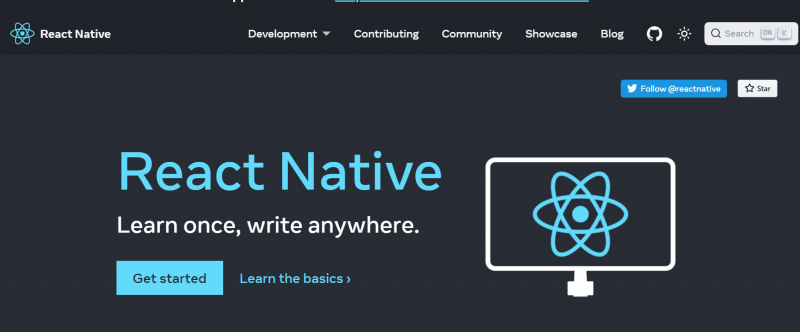
Photo via reactnative.dev 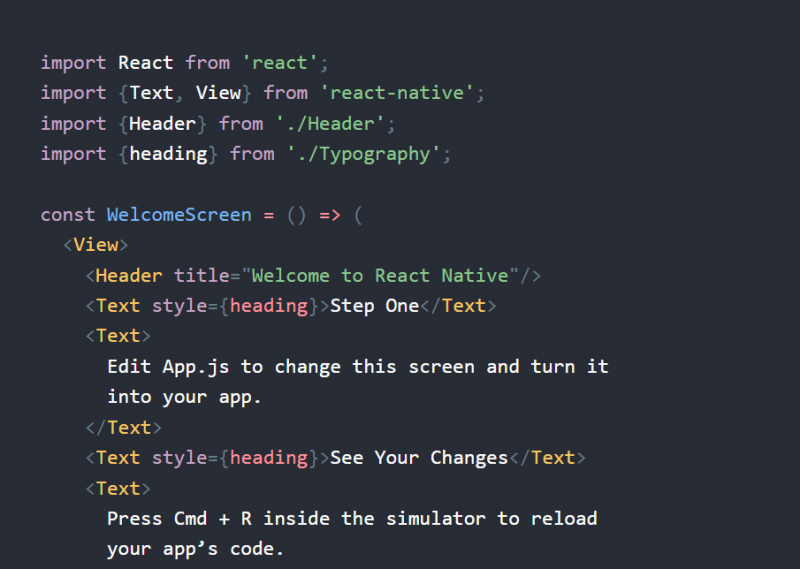
Photo via reactnative.dev -
Kotlin Multiplatform Mobile (KMM) is a cross-platform mobile development framework introduced by JetBrains. It allows developers to share code across multiple platforms, including Android and iOS, using the Kotlin programming language. With KMM, developers can write shared business logic, data models, network code, and more, while still having the flexibility to write platform-specific code when necessary.
One of the key advantages of KMM is its seamless integration with existing Kotlin technologies. Kotlin is a modern and powerful programming language that is widely adopted in the Android development community. By leveraging Kotlin's expressive syntax, strong type system, and other language features, KMM enables developers to write concise and maintainable code that can be shared across platforms.
KMM provides a unified development experience by allowing developers to work within their familiar Kotlin IDEs and tools. It offers a set of APIs and libraries that enable platform-independent functionality, such as interacting with databases, consuming web services, and handling asynchronous operations. Additionally, KMM supports platform-specific UI development, allowing developers to create native user interfaces using the respective platform's UI frameworks and components.
Features:
- Shared Codebase
- Native UI
- Access to Platform-Specific APIs
- Seamless Integration
- Strongly Typed Language
Pros:
- Code Reusability
- Native Performance
- Shared Logic
- Developer Productivity
- Ecosystem and Community
Cons:
- Learning Curve
- Platform Limitations
- Maturity
- Project Complexity
Programming language: Kotlin
Mobile apps: Philips, Baidu, Netflix, Leroy MerlinWebsite: https://kotlinlang.org/
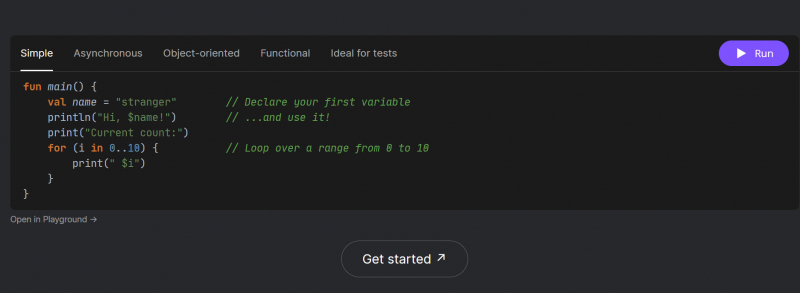
Photo via: kotlinlang.org Kotlin by JetBrains channel on youtube -
Released in 2013, Ionic is an open-source UI toolkit that aids developers in constructing hybrid mobile and desktop applications. It combines native and web technologies, such as HTML, CSS, and JavaScript, and offers integrations for the Angular, React, and Vue frameworks. It provides a set of pre-designed UI components and tools that enable developers to create visually appealing and interactive mobile apps that work seamlessly on multiple platforms, including iOS, Android, and the web.
One of the key advantages of Ionic is its simplicity and ease of use. With its intuitive command-line interface (CLI) and comprehensive documentation, developers can quickly set up and start building mobile apps without requiring extensive platform-specific knowledge. Ionic also offers a rich library of pre-built UI components, such as buttons, forms, navigation menus, and more, which can be easily customized and styled to match the app's branding and design.
Another strength of Ionic is its integration with popular web frameworks such as Angular and React. Developers can utilize the power and flexibility of these frameworks to build robust and scalable applications, while leveraging Ionic's UI components and platform-specific features. Additionally, Ionic provides access to native device features through plugins, allowing developers to access device hardware, sensors, and native APIs.
Features:
- Cross-platform Development
- UI Components
- Cordova Plugins
- Theming and Styling
- Rapid Prototyping
Pros:
- Wide Web Technology Adoption
- Cross-platform Consistency
- Rapid Development
- Access to Native Features
Cons:
- Limited Native UI Customization
- Dependency on Cordova
- Learning Curve
- App Store Approval
Programming language: JavaScript
Mobile apps: T-Mobile, BBC (Children's & Education apps), EA GamesWebsite: https://ionicframework.com/
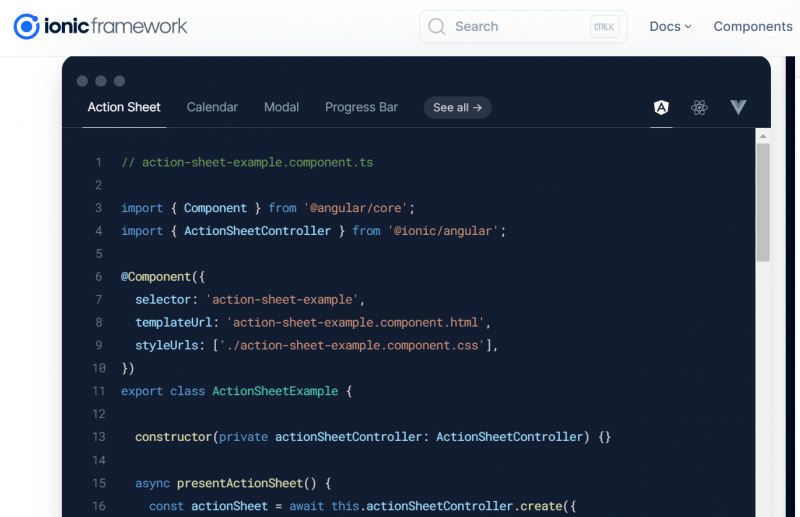
Photo via ionicframework.com 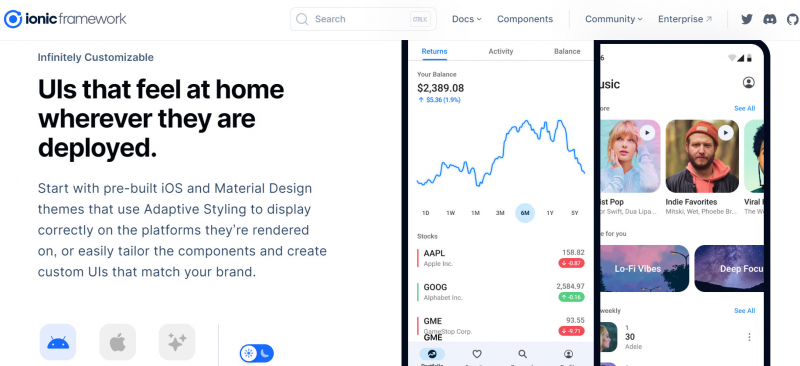
Photo via ionicframework.com - Cross-platform Development
-
Acquired by Microsoft, Xamarin was launched in 2011. It is an open-source cross-platform app development framework that leverages the C# language and the. Net framework to create applications for Android, iOS, and Windows platforms.
One of the key advantages of Xamarin is its ability to deliver truly native user experiences. Xamarin allows developers to access the full power of the underlying platform's APIs, ensuring that the resulting applications have the same look, feel, and performance as native apps. This is achieved through the use of platform-specific UI elements and access to device-specific functionalities.
Another strength of Xamarin is its tight integration with the Microsoft development ecosystem. Developers can leverage their existing knowledge of C# and .NET to build mobile applications, reducing the learning curve and increasing productivity. Xamarin also provides seamless integration with Visual Studio, Microsoft's robust development environment, enabling developers to leverage its powerful tools, debugging capabilities, and testing frameworks.
Features:
- Cross-platform Development
- Native Performance
- Shared Codebase
- Access to Native APIs
- Xamarin.Forms
Pros:
- Native User Experience
- Code Reusability
- Access to Platform-specific APIs
- Strong Community and Ecosystem
- Integration with Existing Codebases
Cons:
- Learning Curve
- Development Environment
- Size of Applications
- Platform Limitations
Programming language: С#
Mobile apps: UPS, Alaska Airlines, Academy Members (Academy of Motion Picture Arts and Sciences)Website: https://dotnet.microsoft.com/en-us/apps/xamarin
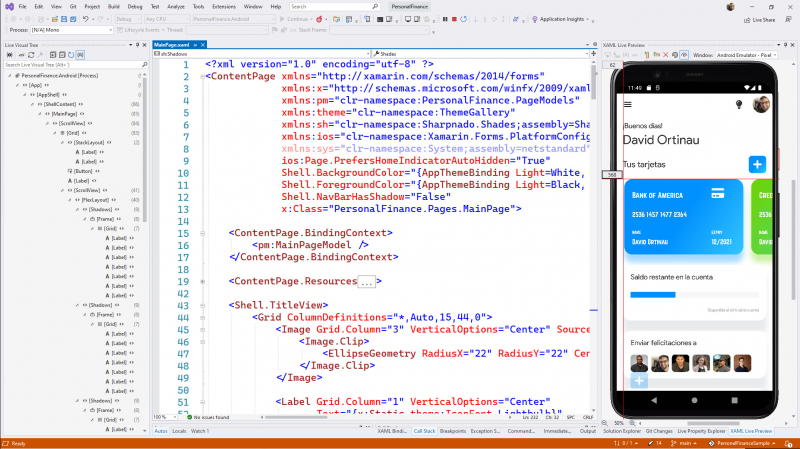
Photo via dotnet.microsoft.com 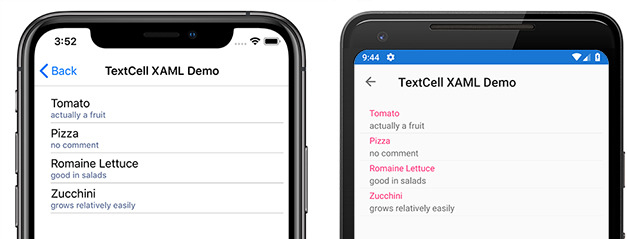
Photo via dotnet.microsoft.com -
Initially released in 2014, NativeScript is an open-source mobile application development framework. It enables the creation of Android and iOS mobile apps using JavaScript or languages that transpile to JavaScript, such as TypeScript, along with frameworks like Angular and Vue.js.
One of the key advantages of NativeScript is its ability to deliver high-performance and visually appealing user interfaces. Using the native UI components, NativeScript applications look and feel like native apps, providing a seamless user experience. Developers can leverage the full power of native APIs, including camera, GPS, accelerometer, and more, to create feature-rich applications.
NativeScript supports popular JavaScript frameworks like Angular and Vue.js, allowing developers to use their existing skills and frameworks to build mobile applications. This makes sharing code and resources between web and mobile projects easy. Additionally, NativeScript provides a rich set of plugins and extensions that extend the framework's capabilities, enabling developers to integrate with third-party libraries and services.
Features:
- Cross-platform Development
- Native UI
- Access to Native APIs
- Code Reusability
- Rich Plugin Ecosystem
Pros:
- Native Performance
- Cross-platform Consistency
- JavaScript/TypeScript Language
- Access to Device Features
Cons:
- Learning Curve
- Plugin Availability
- UI Customization
Programming language: JavaScript, TypeScript
Mobile apps: Daily Nanny, Strudel, BreetheWebsite: https://nativescript.org/
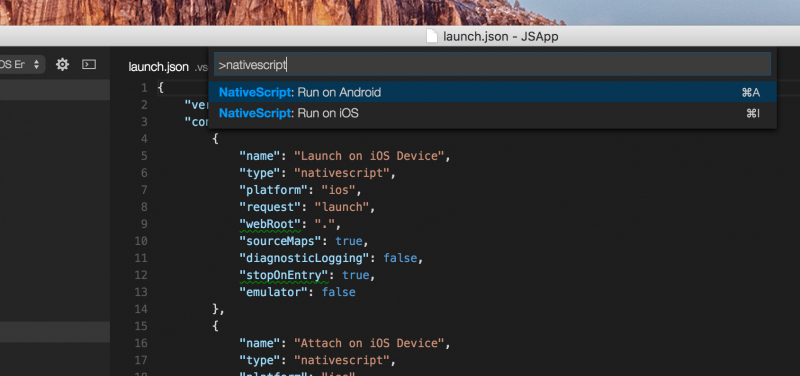
Photo via blog.nativescript.org 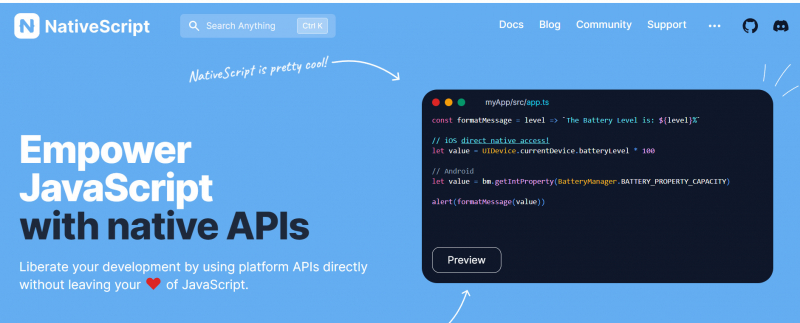
Photo via blog.nativescript.org








